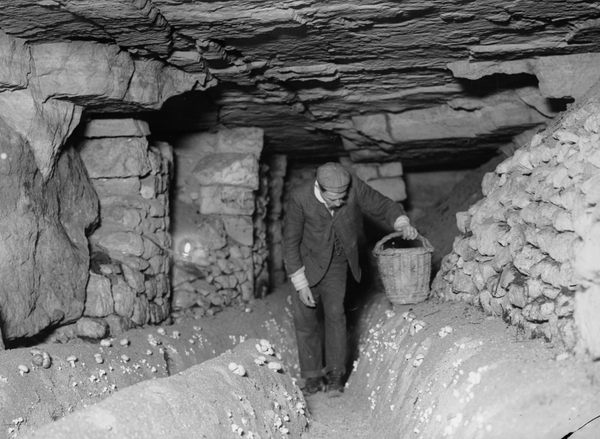Get the latest tech news
Le vieux Paris n'est plus
“The old Paris is no more. The form of a city changes more quickly, alas, than a mortal’s heart.” Is this still true? Baudelaire published his classic lines in 1857, a few years after Louis-Napoleon and Baron Haussmann began their massive reconstruction of Paris. And at almost any moment in the subsequent century and a quarter the lines would have continued to ring true. After “Haussmanization” came the destruction wrought on the city during the Franco-Prussian War and the Commune. Over the subsequent decades there arrived the Eiffel Tower, the glitter of the Belle Époque, electrification, the automobile and the Metro, and large-scale immigration from outside France. The interwar period brought more immigration and considerable new construction throughout the city. After World War II, along with yet more waves of immigration, this time above all from the global south, came the planners with their steel and glass. What Haussmann had spared of working-class Paris, with its corner cafes and music halls, now fell in large part to the wrecking ball, as did the grand old central marketplace of Les Halles. In 1977, the social historian Louis Chevallier published a bitter lament for his own “old city” entitled
I was lucky enough to get a summer internship at the weekly newsmagazine Le Point and started off doing the usual things magazine interns did in those days: xeroxing, running proofs to and fro, checking facts, and delivering wire service dispatches to the appropriate editor. In place of the glorious old library on the rue de Richelieu, a stone’s throw from the Palais Royal and any number of good, cheap restaurants (yes, yes…), the new institution forces readers to navigate through a massive metal fortress out of Michel Foucault’s nightmares before reaching the pleasant lower-level reading rooms. The current plan for a “Grand Paris” won’t change the city’s formal boundaries, but, in addition to the downgrading of the Périférique, it calls for the construction of no fewer than sixty-eight new metro stations along some 200 kilometers of new track, to bind ville and banlieue more closely than ever before.
Or read this on Hacker News
